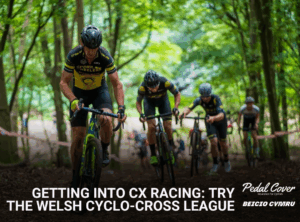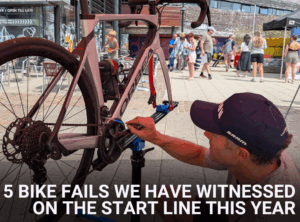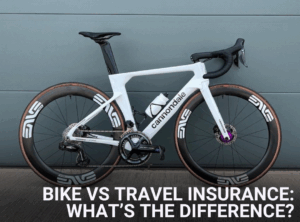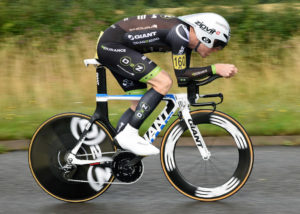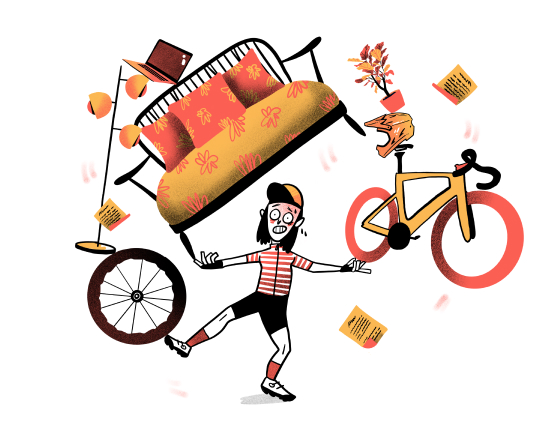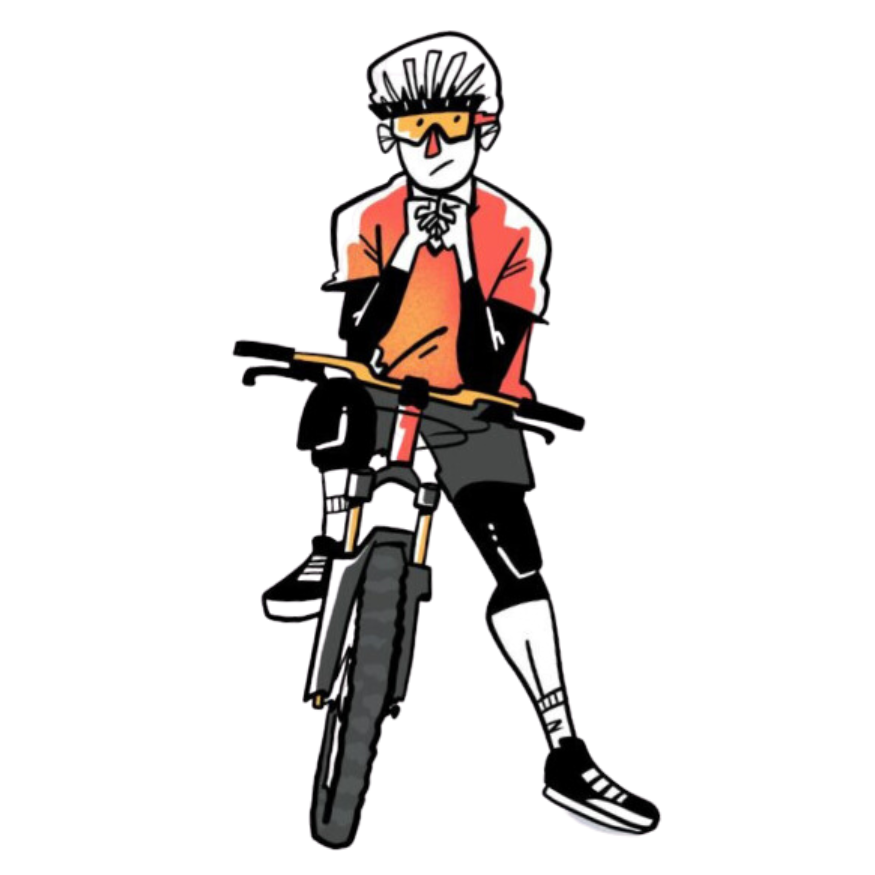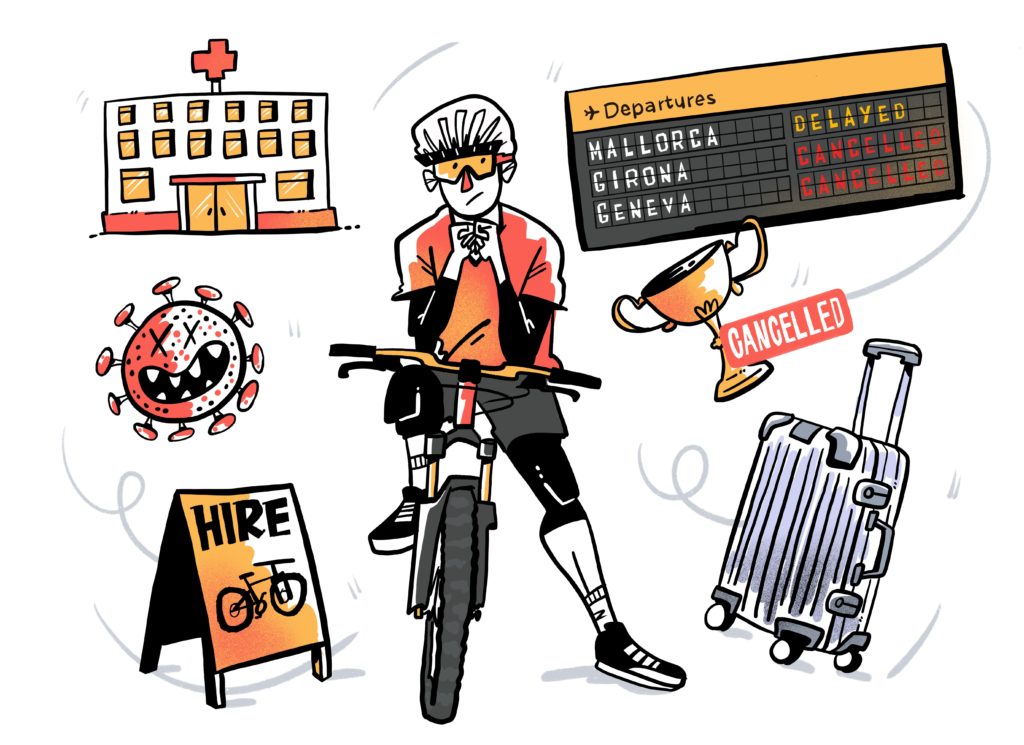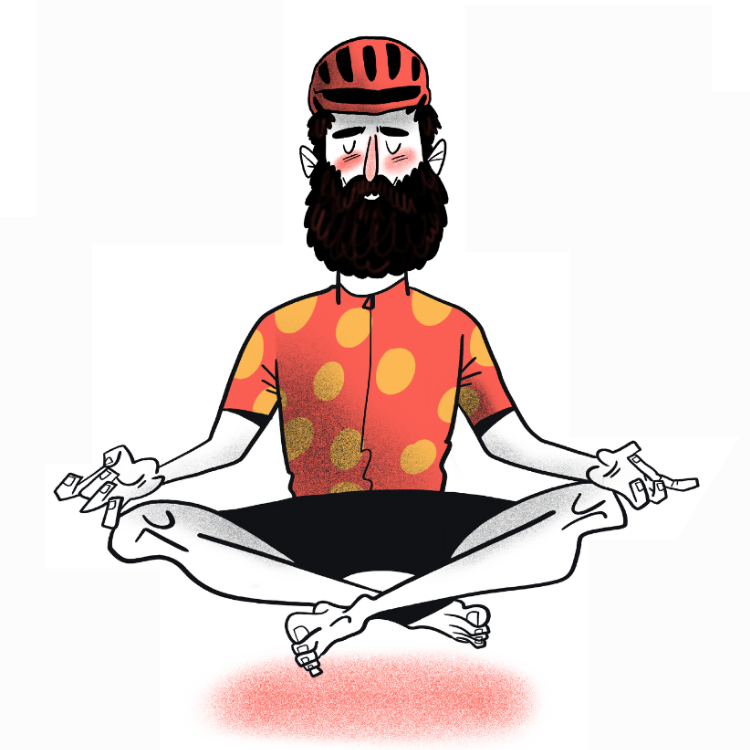Cycling is a physically demanding sport that requires large volumes of energy . One of the common challenges faced by cyclists is “bonking,” also known as hitting the wall (in the world of running) or simply running out of gas. Bonking occurs when the body depletes its glycogen stores, resulting in a sudden drop in energy levels and performance. It’s an experience that all endurance athletes are familiar with but cycling is probably the highest ‘bonk-risk’ sport due to the duration of bike rides relative to runs. However, with proper fueling and pacing strategies, cyclists can avoid bonking and maintain optimal performance throughout their rides. In this article, we will share five tips to help you prevent the dreaded bonk.
Prioritise Nutrition and Hydration
The primary reason for a cyclist bonking is simply running out of fuel. If you eat more, a bonk is much less likely.
Proper nutrition and hydration are crucial for sustained energy levels. Before your ride, ensure you consume a balanced meal consisting of complex carbohydrates, lean protein, and healthy fats. This will provide a steady release of energy throughout the ride. During longer rides, aim to consume 60-90 grams (or even more if you’ve trained this, though the more you eat the higher the risk of some gut discomfort) of carbohydrates per hour to maintain glycogen stores. Carry easily digestible snacks like energy bars, gels, or bananas to fuel yourself on the go. On top of this, you can use a sports drink to add to that carbohydrate ingestion but hydration should also be considered.
Hydration is equally important. Drink fluids regularly before, during, and after your ride to stay properly hydrated. Replace electrolytes by consuming sports drinks or electrolyte tablets to reduce the chances of muscle cramps and optimise hydration. Your electrolyte balance is important too – consuming enough salts is more important if you’re a particularly heavy sweater or a particularly salty one.
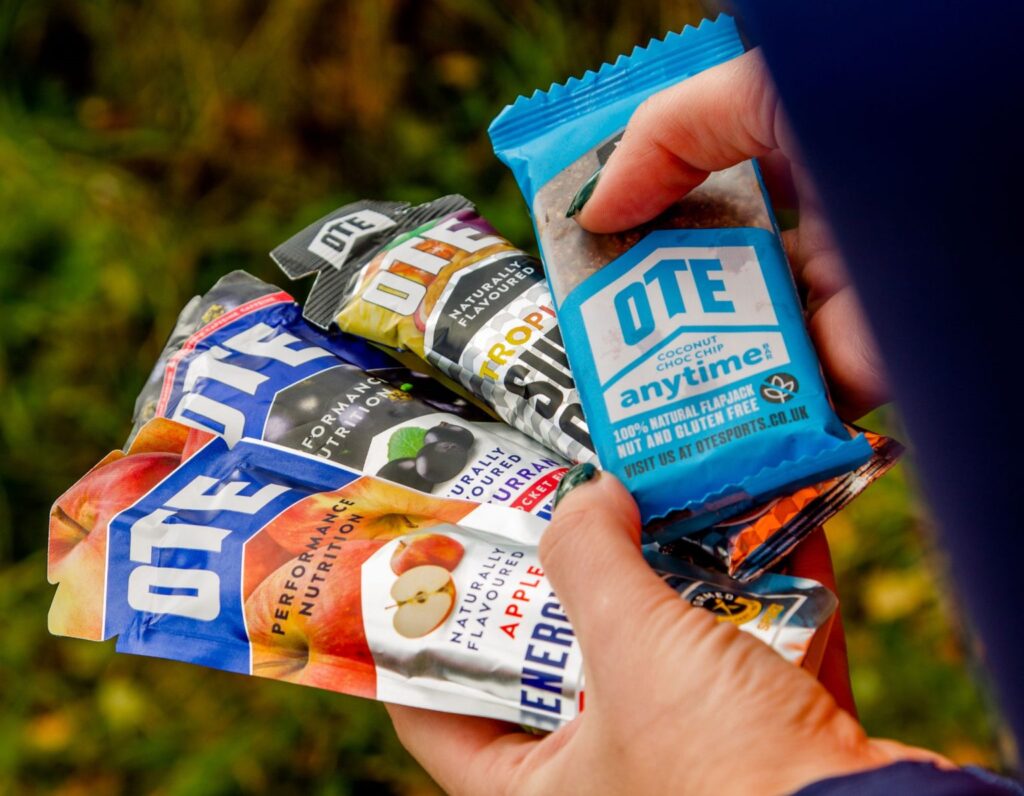
Master the Art of Pacing
Pacing is essential to avoid burning out too quickly and depleting your energy stores. Simply put, many riders just go too hard riding just above zone two which slowly depletes their glycogen stores over the course of a couple of hours. Start your rides at a comfortable pace to warm up your body and gradually increase the intensity to zone two for endurance rides. Avoid going all-out in the early stages of a ride – even up steep climbs, as it can lead to early fatigue. This is where gear selection comes into play helping you maintain a consistent pace on varying terrain.
To maintain a consistent pace, use a heart rate monitor or power meter to gauge your efforts. These tools can help you stay within the training zone you’ve set out to do on any given ride.
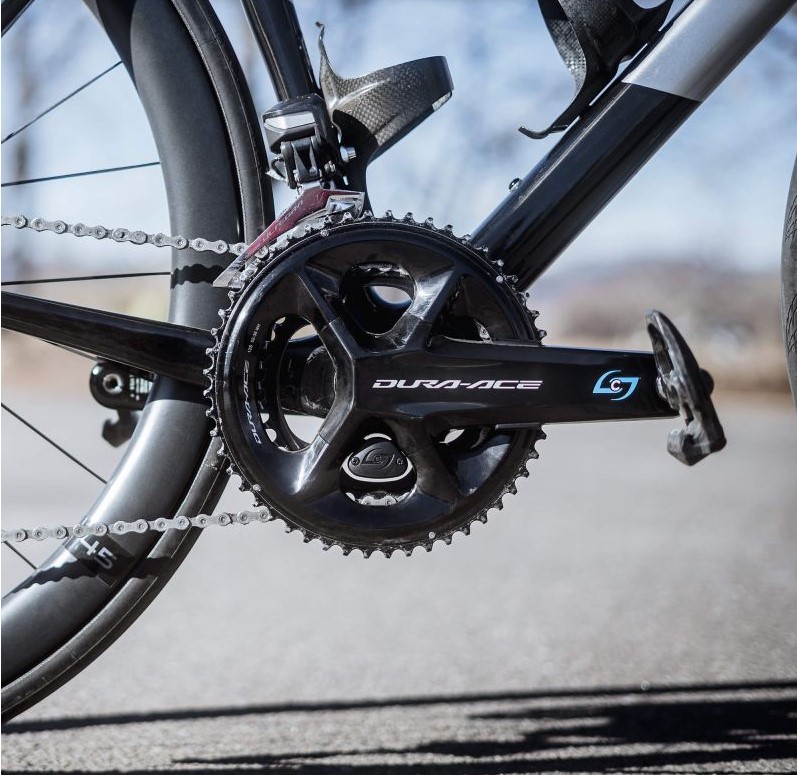
Plan and Monitor Your Intake
Longer rides require a well-thought-out nutrition plan. Calculate your energy needs based on the duration and intensity of your ride. Aim to consume carbohydrates regularly, preferably getting a hit around every 30 minutes, to replenish glycogen stores. Incorporate a combination of solid and liquid nutrition options to suit your preferences and digestive system. Making sure you bring enough food for the duration of the ride sounds obvious but it’s something many experienced cyclists still do not do. You never know when the shop might be shut restricting your access to Jelly Babies… something this writer knows about.
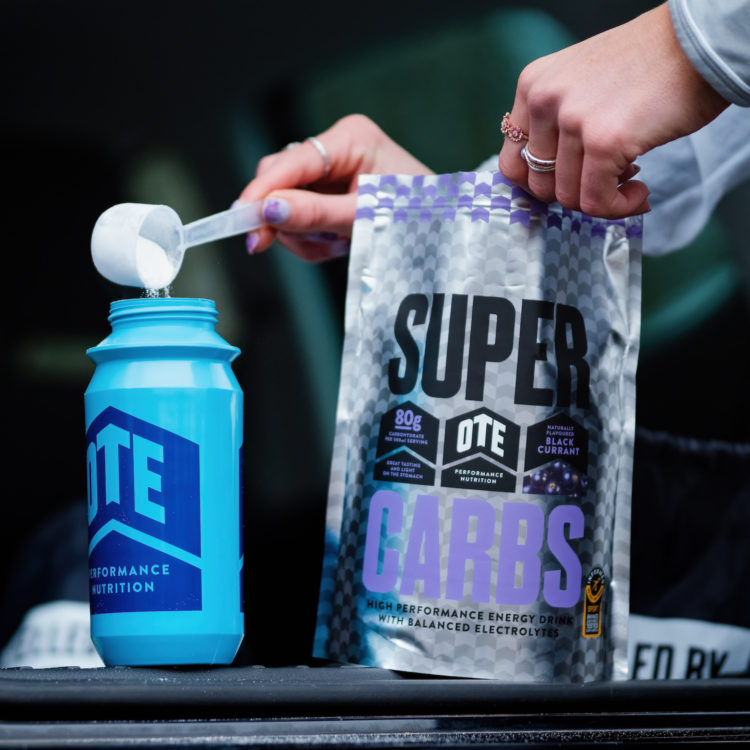
Keep track of your nutrition intake during the ride. Set reminders on your watch or head unit to ensure you don’t miss your fueling windows. It’s easy to get caught up in the ride and forget to eat – especially in a group, which can lead to a sudden energy crash. Stay disciplined with your nutrition plan to maintain a constant supply of fuel and avoid bonking. Finally, remember that your energy needs and carbohydrate needs are NOT the same thing. Post ride, check to see how many calories you’ve burned (and bear in mind this number is a pretty rough estimate) and aim to replace these or you’ll go into chronic energy deficiency which can be dangerous.
Train Your Body to Burn Fat
Teaching your body to utilise fat as an energy source can help prevent glycogen depletion and bonking. Incorporate longer, lower-intensity rides into your training routine to promote fat burning. These rides improve your aerobic capacity and train your body to efficiently utilise fat as a fuel source. During these rides, aim to keep your heart rate in the lower aerobic zone. By doing so, you encourage your body to burn fat rather than relying solely on glycogen. Over time, this adaptation will enhance your endurance and reduce the risk of bonking during longer rides. Intensity control is key here – in order to improve fat burning you must train at low intensities!
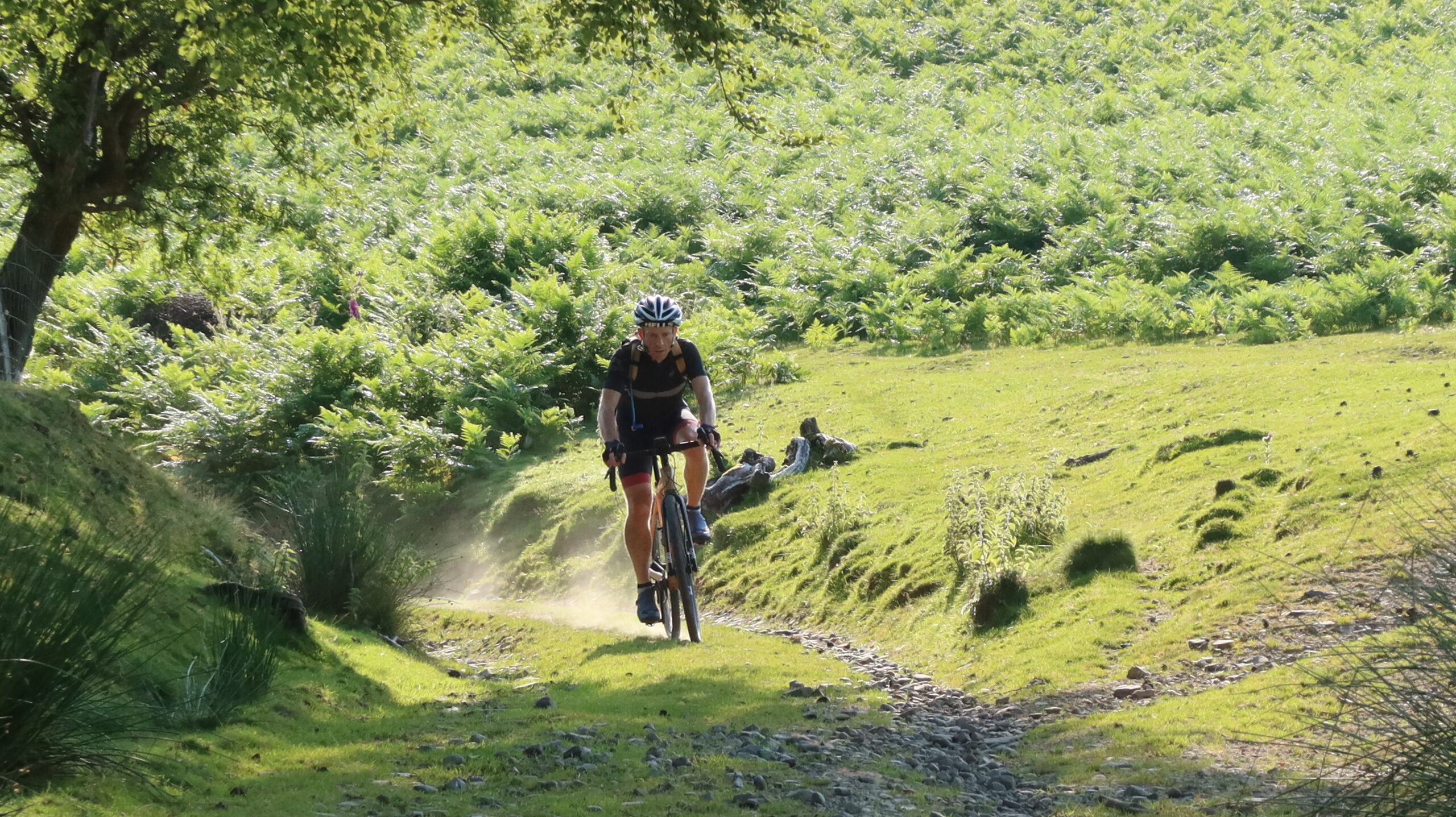
Rest and Recovery
Adequate rest and recovery are vital to prevent fatigue and optimise performance. You’re much less likely to bonk if you go into a ride well rested and with a decent amount of glycogen in your muscles. Incorporate rest days into your training schedule to allow your body to replenish its energy stores and repair damaged muscles. Sleep is equally important; aim for 8-9 hours of quality sleep each night to support optimal recovery.
Additionally, post-ride nutrition plays a significant role in recovery. Consume a combination of carbohydrates and protein within 30-60 minutes after your ride to kickstart the recovery process and replenish glycogen stores. Another method for optimising recovery is consuming 20-30g of protein every 3 hours. Consuming large quantities of protein at once is not effective as your body can only digest so much.
Avoiding bonking in cycling is a combination of proper nutrition, hydration, pacing, and training. By prioritising fueling strategies, pacing yourself effectively, and incorporating adequate rest and recovery, you can maintain your energy levels and avoid hitting the wall. Consistency and experimentation are key; find the nutrition and pacing strategies that work best for your body. In the end though, it’s relatively simple – you’re less likely to bonk if you eat lots and regularly on the bike, ride at an appropriate intensity and are fit.

